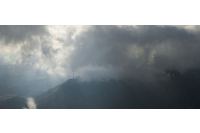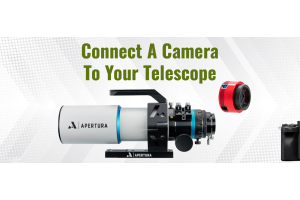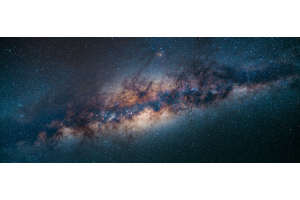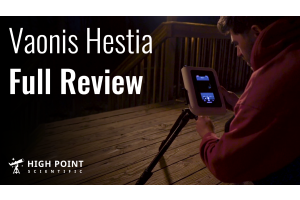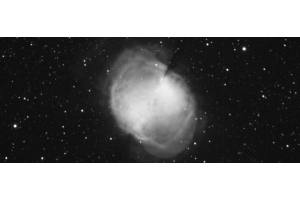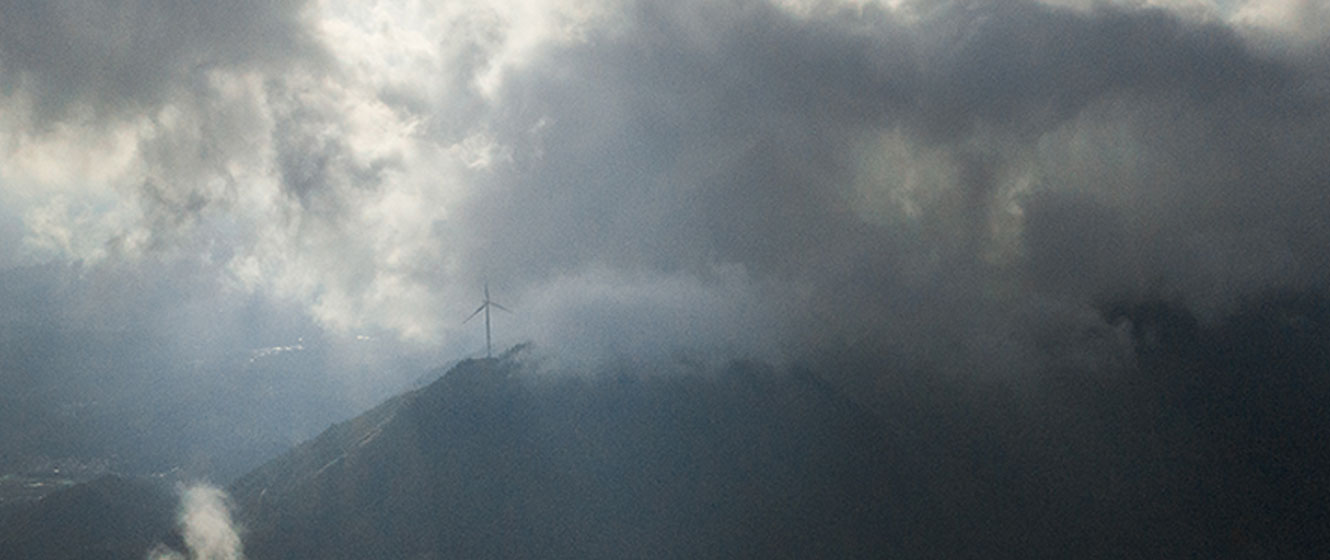
Astronomers and amateur astronomers alike are likely familiar with the term “seeing conditions”. This term typically refers to the atmospheric conditions or level of atmospheric turbulence in the local area. You have almost certainly heard the song “Twinkle, Twinkle Little Star” -- the more a star twinkles when you observe it, the less stable the atmosphere -- meaning you have poor seeing conditions!
Seeing conditions affect both the level of detail that amateur astronomers can see and capture through their telescopes. On nights of excellent seeing or low atmospheric turbulence, one may be able to pick out fine detail in the cloud bands of Jupiter or smaller craters on the lunar surface. On the other hand, when seeing conditions are poor, the level of detail one is able to pick up through their eyepiece is going to be significantly lower as the object tends to take on an “underwater” appearance.
Combating Poor Seeing Conditions
This can be combated in a couple of different ways. Firstly, you can reduce the effects of seeing conditions by using lower magnifications (visual astronomy) or by using a shorter focal length scope or a camera sensor with larger pixels (astrophotography).
Secondly, you should avoid using your scope until it has cooled to the outside temperature. The lenses or optics retain heat from being indoors. When you bring your scope outside, the retained heat gets released into the air around the scope which can and will distort your views of the planets and lunar surface.
Thirdly, you should avoid looking over houses, streets, driveways, or anything that emits a lot of retained heat. Finally, because the turbulence in the upper atmosphere alters the planet’s/star’s refractive properties, you can look at objects further away from the horizon as there is less atmosphere at the zenith. You may have experienced something like this when driving to work on a sunny day. If you look far in front of you towards the asphalt, you can see the air wiggling upwards from the ground. This is exactly what poor seeing conditions and heat emissions resemble when looking at a planet or the moon under high magnification! Here is a great example of an image taken under great seeing conditions (left) and one taken under poor seeing conditions (right).
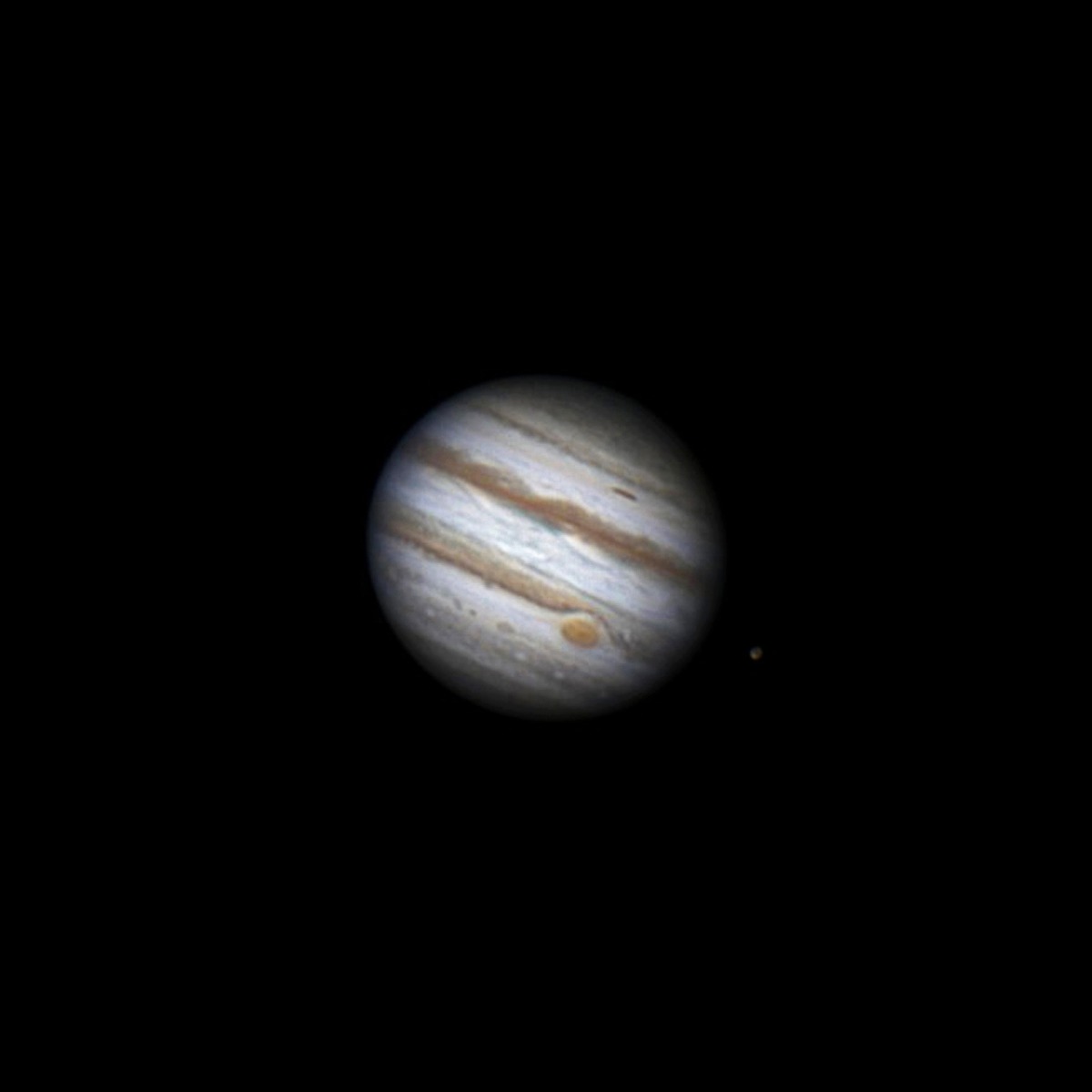
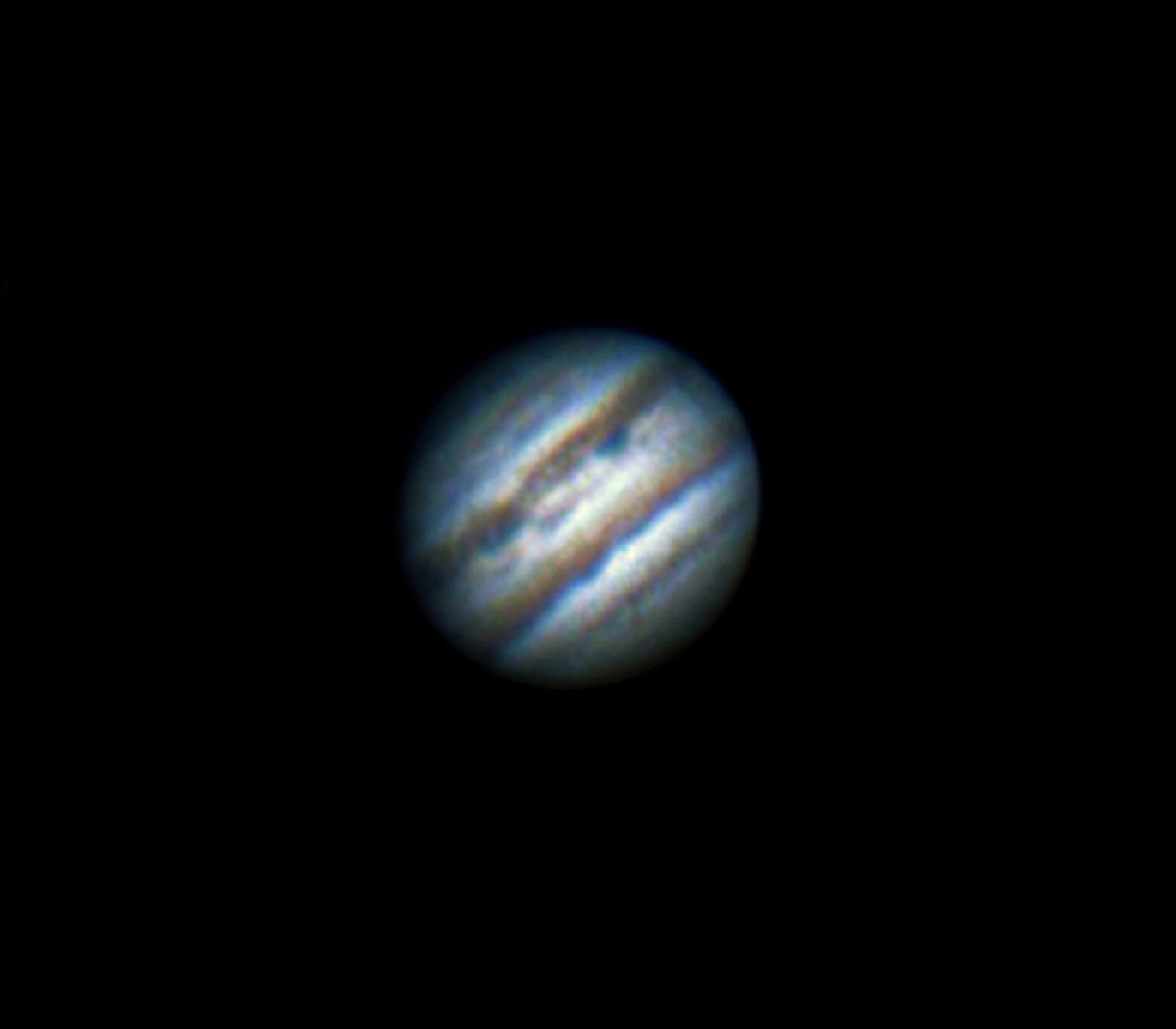
There are other aspects such as humidity that affect seeing conditions. Typically on humid nights, the atmosphere is actually a bit more stable (but not always)! While the transparency of the night sky may suffer to a certain extent, the seeing conditions tend to be above average. Transparency is typically defined as “clarity” or “crispness” of the night sky. If you have a very low cloud layer or humid/hazy conditions, you likely have poor transparency.
Transparency is important to take into consideration when doing both visual and photographic work. Poor conditions will prevent one from really getting the most out of their scope in regards to viewing or imaging deep sky objects. Planetary and lunar visual/photographic work, however, can be done as these targets are often very bright and are affected very little by higher humidity levels. As mentioned above, higher humidity levels sometimes imply great conditions for planetary or lunar viewing and photography!
A great source for determining your local seeing conditions, levels of transparency, darkness, and cloud cover is ClearDarkSkies.com. If you are interested in lunar or planetary imaging, understanding what your average seeing conditions are can affect the type of scope, Barlow lens, and planetary camera that will provide you the best results. Check out our guide on how to choose the best planetary camera, scope, or Barlow lens given your local seeing conditions.


If you have any additional questions about how seeing conditions may affect the gear that you choose to purchase, please reach out to our non-commissioned product advisors! We are all too familiar with the effects of seeing conditions and we are happy to assist you in overcoming them!
This Article was Last Updated on 07/12/2023

